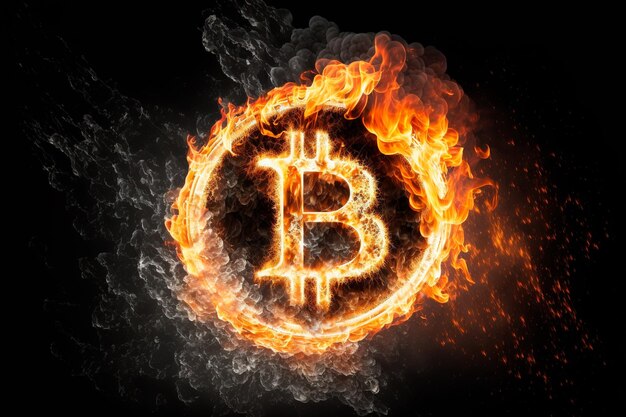Bitcoin mining is the process of using specialized computers to solve complex mathematical problems in order to validate transactions on the Bitcoin network and earn new bitcoins as a reward. This process involves a lot of computational power, electricity consumption, and technical expertise.
To understand what is involved in mining bitcoin, it is important to first understand how the Bitcoin network operates. Bitcoin is a decentralized digital currency that uses a public ledger called the blockchain to record all transactions. The blockchain is maintained by a network of computers around the world, and each computer on the network has a copy of the blockchain.
When a user sends a transaction on the Bitcoin network, it is broadcasted to all the nodes on the network. These nodes then verify the transaction by checking that the sender has enough bitcoins to make the transaction and that the transaction is not a double spend (i.e., the same bitcoin has not been sent to two different people).
Once the transaction is verified, it is added to a block of transactions. Miners then compete to solve a mathematical puzzle that is associated with this block. The first miner to solve the puzzle and add the block to the blockchain is rewarded with newly minted bitcoins and transaction fees.
The mathematical puzzle that miners have to solve is called a proof of work. The proof of work is a cryptographic algorithm that requires a lot of computational power to solve. This is where the specialized computers used in Bitcoin mining come in.
Bitcoin mining involves using specialized hardware called ASICs (Application-Specific Integrated Circuits) to solve the proof of work algorithm. These ASICs are designed specifically for Bitcoin mining and are much more efficient at solving the algorithm than regular computers or even GPUs (Graphics Processing Units).
However, even with specialized hardware, Bitcoin mining is a highly competitive and energy-intensive process. In order to increase their chances of solving the proof of work and earning bitcoins, miners often join mining pools. Mining pools are groups of miners who combine their computing power to solve the proof of work algorithm together and share the rewards.
Mining pools are also responsible for distributing the transaction fees among their members. When a transaction is added to a block, the miner who added the transaction gets to keep the transaction fee as a reward. In a mining pool, this fee is distributed among all the members based on their contribution to solving the proof of work.
The energy consumption involved in Bitcoin mining is also a major factor to consider. The amount of electricity consumed by a single Bitcoin transaction is equivalent to the electricity consumed by an average American household in one day. This is because Bitcoin mining requires a lot of computational power, which in turn requires a lot of energy.
To reduce the environmental impact of Bitcoin mining, some miners are turning to renewable energy sources such as hydroelectric power. However, this is still a small percentage of the overall Bitcoin mining industry.
In addition to the technical aspects of Bitcoin mining, there are also legal and regulatory considerations to take into account. The legality of Bitcoin mining varies by country, and some countries have banned it outright. In countries where Bitcoin mining is legal, there may be regulations around the use of electricity, taxes on mining profits, and other legal requirements.
Overall, mining Bitcoin is a complex and energy-intensive process that requires specialized hardware, technical expertise, and a lot of electricity. While the rewards can be significant, the costs associated with mining are also high. As the Bitcoin network continues to grow and evolve, it will be interesting to see how the mining industry adapts to these challenges.

























